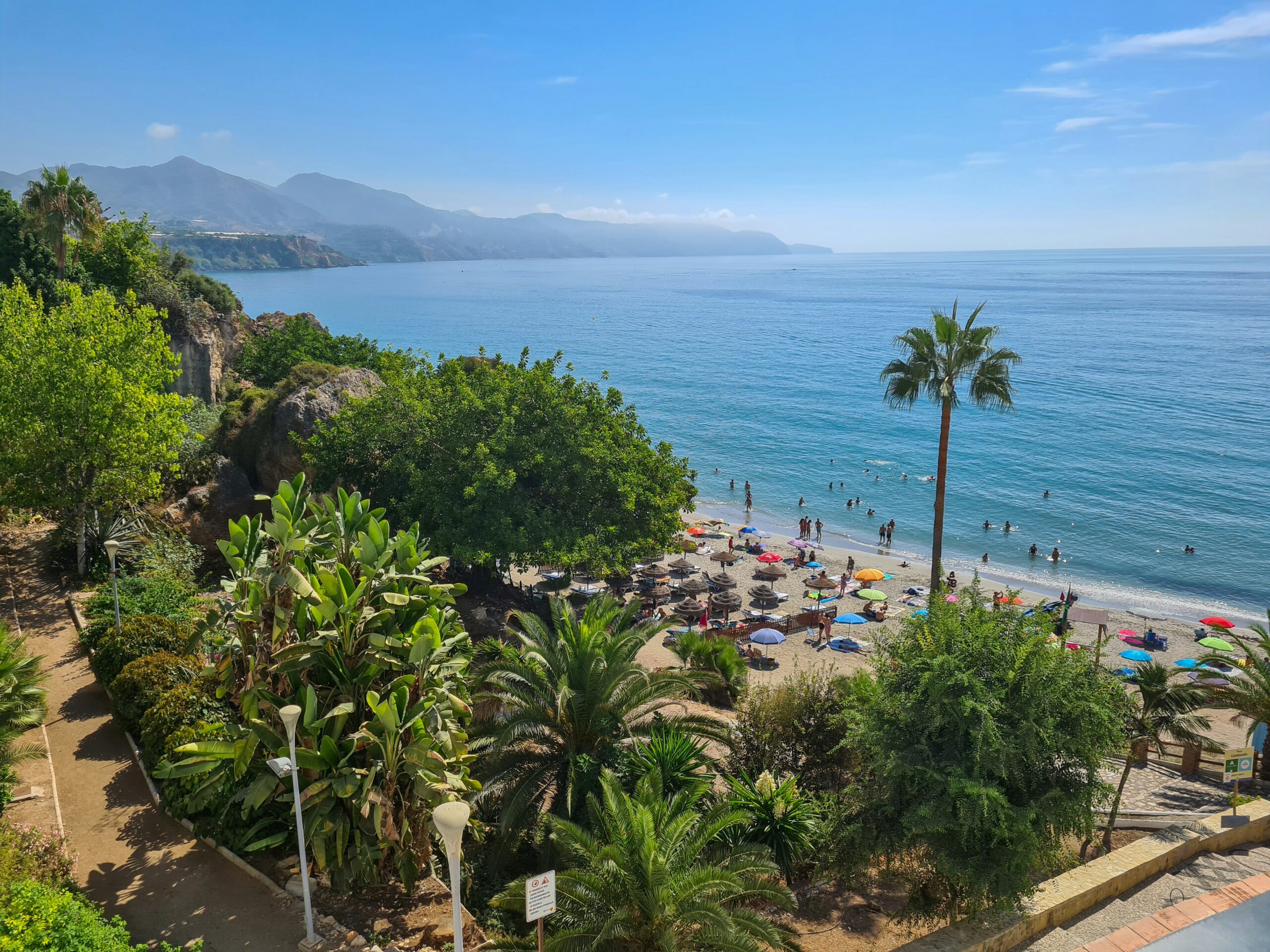Do you dream of swapping snow boots for sandals when winter approaches? Many travelers seek a sun-drenched escape, feeling tired of the cold and short days. While Europe is famous for its festive winter markets and snowy mountains, the continent also offers mild climates. Surprisingly, many destinations provide plenty of sunshine and average daytime temperatures that make outdoor activities a pleasure. This article presents six of the warmest European escapes, ensuring your winter getaway includes blue skies and a welcoming warmth.
The Canary Islands, Spain: The Year-Round Favorite
Madeira, Portugal: The Atlantic Gem
Cyprus: The Island of Aphrodite
Malta: A Mediterranean Historical Haven
Crete, Greece: The Largest and Mildest Island
Andalusia, Spain: Mainland’s Warmest Corner
The Canary Islands, Spain: The Year-Round Favorite
The Canary Islands consistently rank as Europe’s warmest winter destination. Located off the coast of Africa, this Spanish archipelago boasts a subtropical climate, earning it the nickname the Islands of Eternal Spring. Here, average high temperatures typically range between 20°C and 24°C from December through February.
Gran Canaria and Tenerife are the most popular choices. These islands offer diverse landscapes, ranging from Maspalomas’s golden sand dunes to Mount Teide’s volcanic majesty. Therefore, you can easily spend your days hiking, enjoying the beaches, or exploring vibrant coastal towns without needing heavy winter gear. The reliable sunshine makes the Canaries the perfect place for travelers prioritizing a true summer feel during the darkest months.

Madeira, Portugal: The Atlantic Gem
Madeira, Portugal’s stunning autonomous region, offers a mild, oceanic climate. This beautiful island maintains average daytime temperatures around 17°C to 20°C throughout the winter. Madeira is less about sunbathing and more about spectacular scenery and lush greenery. Funchal, the charming capital, provides a mix of culture and history.
Hikers especially love Madeira, thanks to its network of ‘levadas,’ the unique irrigation channels that crisscross the island. Furthermore, the mild weather provides the ideal conditions for exploring these scenic trails. Although the island experiences its rainier season in winter, you will still enjoy many hours of welcome sunshine. Therefore, pack a light, waterproof jacket.
Cyprus: The Island of Aphrodite
The island nation of Cyprus, nestled in the eastern Mediterranean, experiences some of the mildest winters in the region. Average high temperatures generally hover between 17°C and 20°C, creating comfortable conditions. While the sea may be too cool for a typical beach holiday, the weather is perfect for sightseeing.
Travelers explore incredible ancient ruins, like the Paphos Archaeological Park, and beautiful coastal towns without the intense heat and crowds of summer. Additionally, the interior of the island reveals charming traditional villages, where you can experience authentic Cypriot culture at a relaxed pace.
Malta: A Mediterranean Historical Haven
Malta, a small but historically rich archipelago, enjoys a mild Mediterranean climate. The high winter temperatures average between 15°C and 18°C, making it an excellent destination for a cultural city break. You will find comfortable weather for walking through the historic capital, Valletta, a UNESCO World Heritage site.
A visit allows you to explore the megalithic temples, coastal fortifications, and the beautiful silent city of Mdina. Significantly, winter is an ideal time to visit. This is because cooler temperatures and reduced humidity make exploring the island’s many outdoor historical sites far more pleasant than in the intense summer heat.
Crete, Greece: The Largest and Mildest Island
Crete, Greece’s largest island, offers another inviting winter retreat. Winter temperatures are the warmest in Greece, frequently reaching between 15°C and 18°C. While the weather is not reliably hot enough for sunbathing, the mild conditions make for wonderful opportunities to explore.
Travelers discover the stunning old town of Chania, the Palace of Knossos, and many smaller, picturesque villages. Moreover, the winter season offers a quieter, more authentic experience. You will connect with local life, enjoy traditional Cretan cuisine, and feel like a traveler rather than just a tourist.

Andalusia, Spain: Mainland’s Warmest Corner
If you prefer to stay on the European mainland, Southern Spain’s Andalusia region stands out as the warmest area. Cities like Málaga and Seville consistently experience some of the sunniest and mildest winter weather, with average highs ranging from 16°C to 19°C. This vibrant region is full of flamenco, Moorish architecture, and delicious tapas.
You can leisurely explore the Alhambra in Granada, the Mezquita in Córdoba, or the seaside promenades of the Costa del Sol. Visiting in winter means enjoying these world-class attractions with fewer tourists. Consequently, comfortable walking temperatures provide a perfect blend of culture and mild weather.
